For the determination of the state of the art in relation to a patent, all publicly accessible publications up to the priority date are taken into account, worldwide. But what is considered publicly accessible and what is considered a patent disclosure on the internet? The German Federal Supreme Court specified the state of the art.
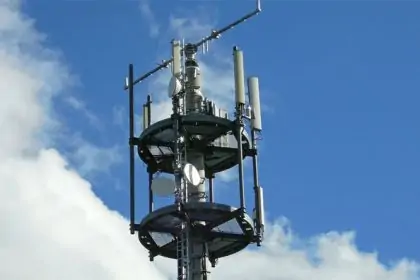
In a major invalidity case brought against the European patent ‘Discontinuous Radio Link’, which is relevant for LTE-capable base stations and LTE-capable terminals and mobile communication, the German Federal Supreme Court (BGH) decisively clarified patent law with regard to patent disclosure, namely state of the art and accessibility on the internet.
This played an important role in the invalidity proceedings because one of the cited documents was an electronic document that had only been stored on an ftp server on the priority date of the contested patent. This raised fundamental questions: what is actually considered to be ‘publicly accessible’ on the internet?
According to EPC Art. 54(2) (European patent law) and PatG § 3(1) (German patent law), prior state of art is what has been made publicly available in writing or orally or through use before the filing date or the priority date of the patent application.
Publicly accessible – and in the internet?
In the digital age, however, this is not easy to determine, e. g. in relation to the different time zones of the world. Is state of the art published online relevant for a patent application for which this publication was already considered a new day in Europe, but still considered the previous day in Alaska and Hawaii? The BGH ruled on this in 2019, we reported.
In the present case, on the other hand, the interesting question was whether every document available on the internet is deemed to be ‘ publicly accessible ‘ without further ado or whether additional means are required to enable accessibility. However, the BGH did not provide a generally valid answer to this question, which could be “left open to question”, as the BGH said.
BGH: Findability in search engines
At least, however, the Federal Court of Justice was firm with regard to discoverability by search engines and the question of the state of the art on the internet. The BGH ruled that it was not absolutely necessary that the document could be found by entering suitable search terms in a search engine in order to be considered ‘publicly accessible’.
For this reason, too, the court held that there was no need to clarify the question of whether common search engines were already capable of indexing Word documents stored in a zip file before the priority date (18 August 2000).
State of the art: Retrieval available
Instead, the BGH explained as a leading decision, the decisive factor is whether a digital document can be accessed via a directory that is known to the public as a storage location for subject-related publications. And of course, such a storage location must also be available for retrieval, this already follows from the term “accessible”.
This was the case here. The electronic document relevant to the case was demonstrably stored on the ftp server of the 3GPP standardisation body before the priority date and was available for retrieval there. And this ftp server of 3GPP was known in expert circles and accessible to experts, this had also not been disputed by the parties to the dispute. The BGH therefore ruled that the electronic document on the ftp server was ‘publicly accessible’.
Moreover, the files stored on the server were listed in a directory divided according to working groups, meetings and file type and could be downloaded from there. This is also considered to have been made ‘publicly accessible’, the Board of Appeal of the European Patent Office (EPO) had already ruled in 2013 (EPO, T 1469/10).
BGH decision on invalidity proceedings
In addition to its very important decision on the prior state of the art on the internet, the BGH also ruled on the patent invalidity proceedings themselves. Due to the finding that the electronic document on the ftp server was ‘publicly accessible’, it was also taken into account as a citation against the patent in suit.
However, without effect: the BGH considered patent claim 1 to be non-obvious on the basis of this electronic document NK12 (NK12 = Ericsson: Desription of DRX. TSG-RAN Working Group 2 (Radio layer 2 and Radio layer 3) Sophia Antipolis, France, 5 – 9 July 1999), which dealt with discontinuous reception (DRX) in idle mode and in UTRAN connection mode. However, this differed from the silent mode described by the patent in suit in that the control was not through the core network, but through the access network (UTRAN).
Other citations also dealt with discontinuous reception, as did the patent in suit. In particular, the publication by Sreetharan and Kumar (Cellular Digital Packet Data, Boston/London, 1996, NK16) disclosed a sleep mode for terminals in which a data connection is maintained. The Federal Court of Justice considered this to be a relevant citation, since according to the patent in suit, the terminal in WCDMA can be in the CELL-FACH and CELL-DCH states during a packet transfer session. But in the end, none of the citations, including the other documents dealing with the reduction of power consumption in the CELL_PCH operating state, led to the assessment that the patent in suit was close.
Energy saving was also stated by the patent in suit as the aim of the invention (namely to reduce the energy consumption of the terminal device during a package service session). But the patent in suit describes a mode in which the network can transmit data packets to the terminal without first having to switch to another mode of operation – and in a way that was not anticipated by any of the citations, the court ruled.
The Federal Supreme Court dismissed the appeal against the decision of the BPatG at first instance in its entirety and confirmed the BPatG decision (6 Ni 34/16 (EP)), by which the action for a declaration of invalidity of the patent was dismissed, but the defendant lost about half of the challenged patent claims compared to the original patent registration, namely patent claim 1 in variant a) as well as claims 22 and 26.
In the meantime, the patent in suit had lapsed anyway due to the passage of time.
Would you also like to protect or defend a patent?
Our patent attorneys and attorneys-at-law have many years of expertise in patent law as well as in the entire field of intellectual property and are authorised to represent you in every step of proceedings – in Germany and also internationally.

Sources:
BGH Leitsatz ‚Diskontinuierliche Funkverbindung‘, X ZR 81/19
Image:


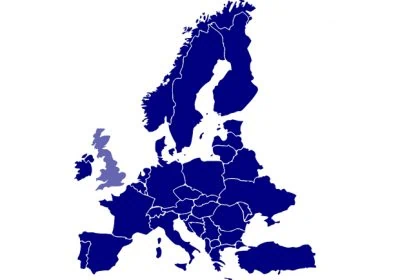
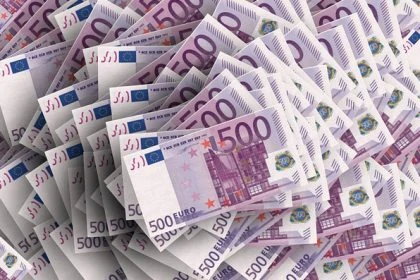
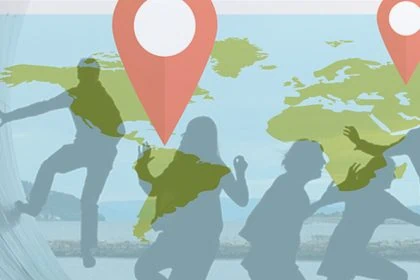
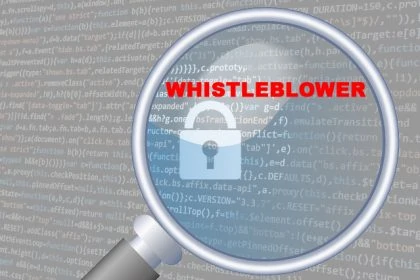
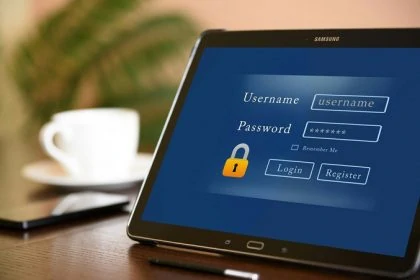
Leave a Reply